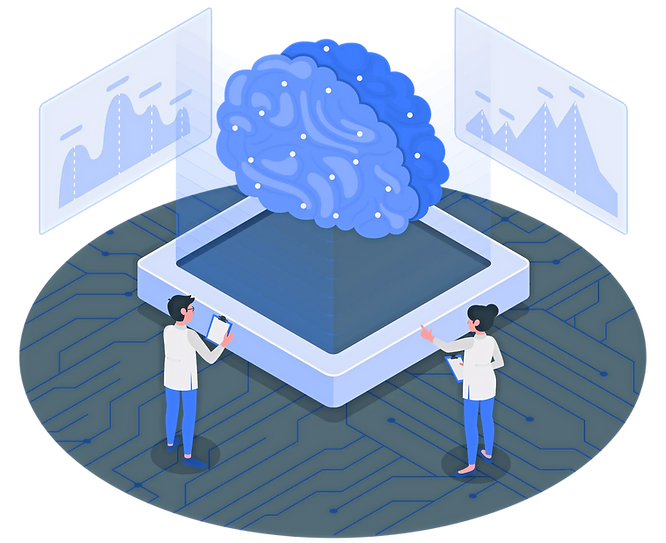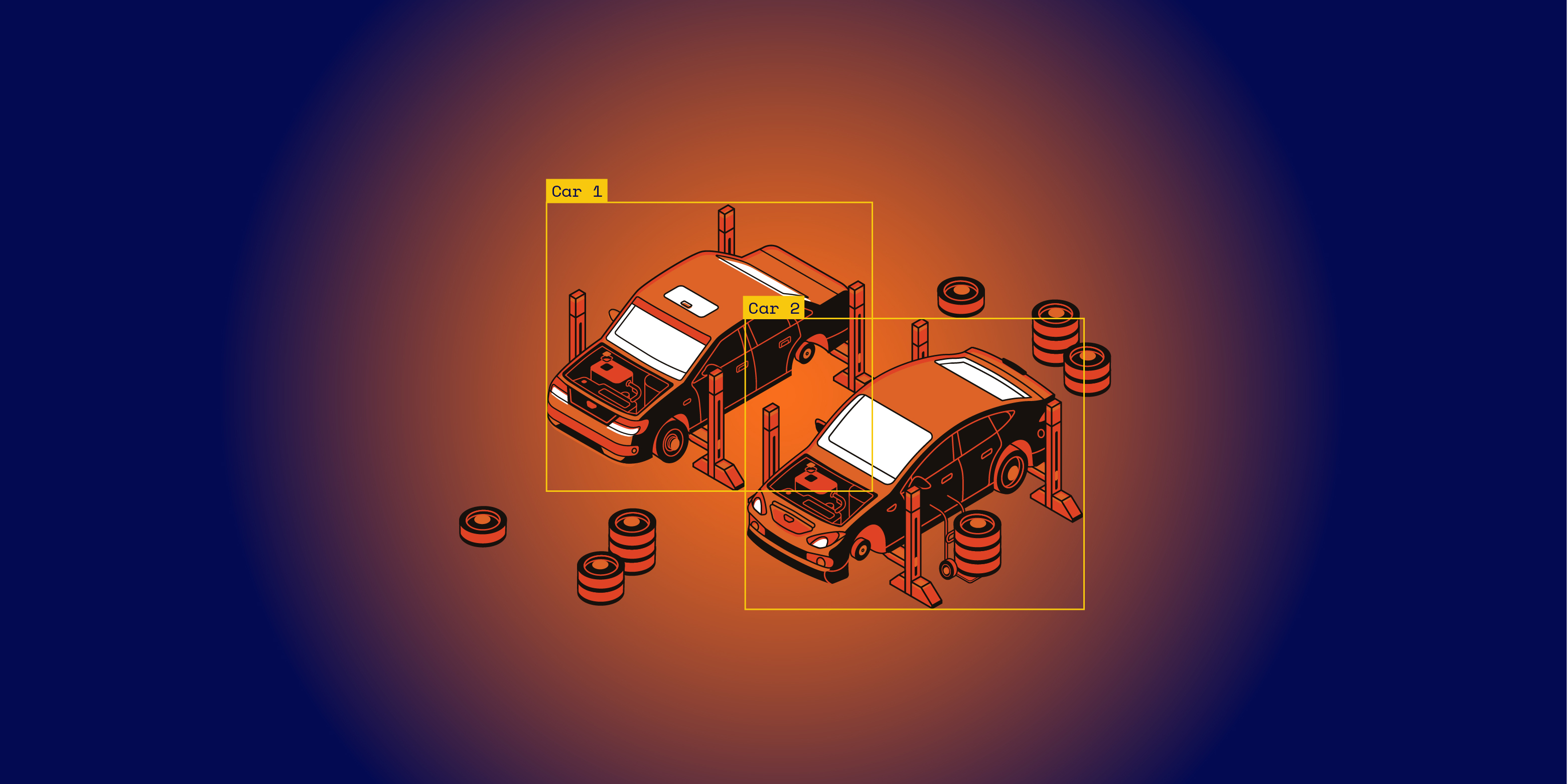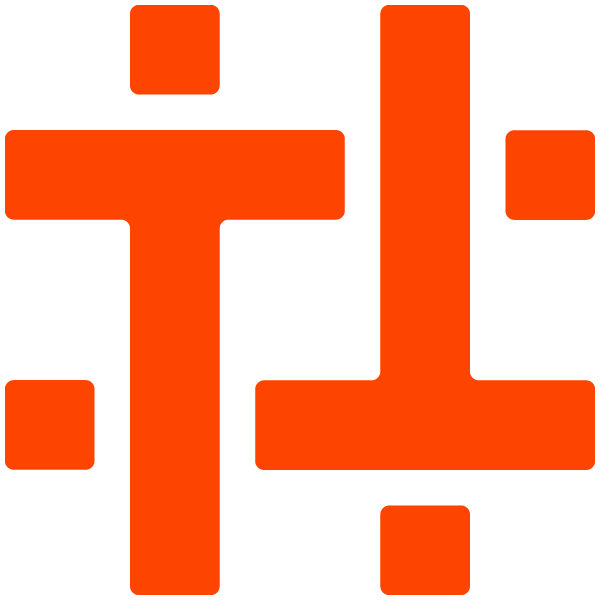In previous articles, we have described what data annotation is about and explored a few types of data annotation methods. In this article, we will explore the automated data annotation method in detail and discuss its benefits and difficulties.

WHAT IS IT?
Automated data annotation uses an existing model to generate the annotations you need for your data. Such a model may be trained on generic data such as everyday objects or domain-specific data such as medical data. To get good quality annotations, it is important to select an appropriate model trained on datasets similar to your data.
BENEFITS?
Automated annotation systems were created to overcome limitations of manual annotation, most notably in annotation workforce management and annotation speed. Therefore, most of its benefits come from ease of use and the opportunity to forego human annotations.
Speed
One of the common needs for Artificial Intelligence teams is to be able to annotate a large amount of data in a short time. Being able to annotate data quickly increases Artificial Intelligence development speed and helps in meeting business deadlines. Unlike manual annotation where annotations need to be trained on the data domain, automated solutions can start generating annotations with little ramp up time. Furthermore, the speed of annotation itself is also expected to be faster because it is powered by Artificial Intelligence rather than manual labour.
Consistency
Human annotators may make mistakes due to fatigue or simply be inconsistent in tagging. When the dataset is large and more annotators are required to annotate the data, such a problem is expected to be compounded. Conversely, an automated annotation solution is expected to generate the same annotation given the same data, making the dataset more consistent and usable for training your own Artificial Intelligence models.
CHALLENGES?
Although automated solutions have benefits, there are also certain challenges when using them.
Variable Annotation Quality
Since a large part of the accuracy of an Artificial Intelligence model comes from having accurate datasets, it is important that the annotations are of high quality. When using an existing model to annotate your data automatically, the quality of the annotations may differ based on how powerful the model is and how similar its training data is to your data set. If your dataset is significantly different, then the quality of the annotation may be reduced.
Difficulty of Customization
When choosing to use an automated solution, it is important to be aware of the potential, or lack thereof, for customising the existing model. If the automated solution does not provide sufficiently high quality annotations, effort must either be spent on customising the existing model to generate better annotations or there must be human intervention to correct the low quality annotations. If customising the model is not an option, then the additional human labour cost will be an ongoing concern.
Maintenance Effort
If the existing model can be customised for your needs, it is important to be aware of the maintenance cost of the customisation. In order to generate annotations for new and previously unseen data accurately, the automated solution must be updated to meet the new requirements. At some point, you may even have to decide whether it is still necessary to have separate models for data annotation and prediction.
CONCLUSION
In conclusion, although automated solutions provide benefits, especially for cost-conscious teams, it is important to keep in mind the challenges when using them. Tictag is able to achieve accuracy and consistency exceeding that of automated systems, all while using a crowd workforce to meet your turnaround requirements. Reach out to us to find out we can work with you to meet your data annotation needs.



